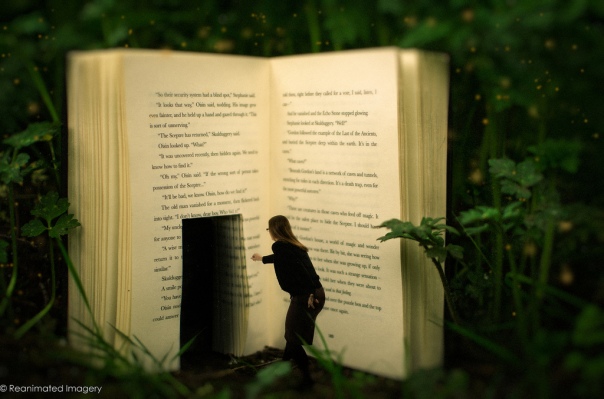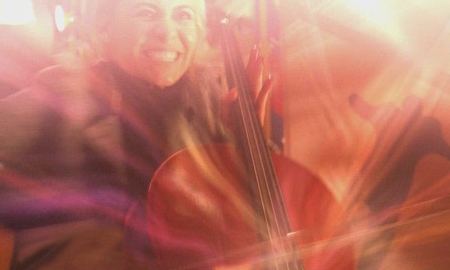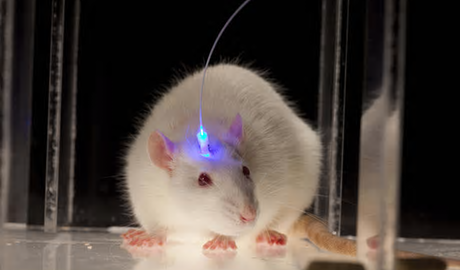
C.S Lewis once said “we read to know that we’re not alone.” In 2011, Gabriel and Young carried out a study about this, and it was found that reading can expand our self-concepts, and actually make us feel less lonely.
Reading is often seen as boring, time consuming, and overall pointless by many, however reading and literature is one of the fundamental aspects of humans and society. Social media for example, is a form of literature and reading, and this is something that I know I spend hours doing.
Reading transports us to other places and other worlds, allowing us to be someone else, even just for a minute. It is a form of escapism- produced by the brain of an author, delivered to us on dead trees tattooed in ink, and our minds and imaginations do the rest. We picture the world the author describes, the characters they invent, and they feel as real as the neighbour’s dog that keeps you awake at 4am in the morning. We feel deep, emotional and spiritual connections with these imaginary people- that can last lifetimes.
Gabriel said “Obviously, you can’t hold a book’s hand, and a book isn’t going to dry your tears when you’re sad, yet we feel human connection, without real relationships, through reading. Something else important must be happening.” He wanted to delve into this concept, find out more about why this happens and what stimulates it.
The researchers recruited 140 university students, and assessed the participants on the extent to which they “meet their needs for connection by identifying with groups”. They were then divided into two conditions, one read a passage from Twilight, where Edward described what it was like to be a vampire to the female protagonist, Bella. The other condition read a passage from Harry Potter and the Philosopher’s Stone. In this passage, the students were being separated into their houses, and Harry meets Professor Snape. The students had 30 minutes to read the passage and were instructed to “read for their own pleasure”.
Two assessments were then made to find out the participants’ psychological affiliation with the vampires or wizards.
In the first assessment, the students were told to categorise “me” words, such as ‘myself’, ‘mine’, and “wizard” words, such as ‘broomstick’, ‘spell’, ‘wand’, ‘potions’, as quickly and accurately as possible by pressing the same key when any of those words flashed on the screen. They pressed another key for “not-me” words such as ‘they’, ‘theirs’, and “vampire” words, such as ‘blood’, ‘fangs’, ‘bitten’ and ‘undead’.
The pairs were then reversed. Gabriel and Young expected participants to respond more quickly when “me” words were linked to the group to which “me” belonged, which depended on which book they had read.
The researchers then gave the participants what they called the Twilight/Harry Potter Narrative Collective Assimilation Scale, containing of questions indicating identification with wizards or vampires.
For example;
“Do you think you might be able to make yourself appear and disappear somewhere else?”
“How sharp are your teeth?”
Finally, there was a short questionnaire to assess the participant’s life satisfaction and mood.
Results were as predicted. On both measure, Harry Potter readers “became” wizards, and Twilight readers “became” vampires. Participants who were more group and socially orientated showed the largest assimilation effects. “Belonging” to these fictional communities gave the students the same mood and life satisfaction level people get from affiliation with real-life groups.
This study proves that reading makes our minds psychologically embed itself into the community described in the story, be it fantasy or not. Reading satisfies that of us which is deeply human, something so embedded in our brains that is our evolutionarily need for belonging. We take on the traits of the protagonist, embedding our own characteristics in the story, and long to be them. We develop our own person, morphing ourseleves into whomever and whatever we so desire.
Reading widens our horizons, teaches us that we are able to stand up for ourselves, be whoever we want to be, and experience life from as many perspectives and times in both history and the future that we want.
But more importantly, it helps us feel connected, and not alone.




 So, it’s that time of year, where we’re being reminded that time is not on our side and that we have
So, it’s that time of year, where we’re being reminded that time is not on our side and that we have 




 So, we’ve all been there “This year my New Year’s resolution is to go to the gym, twice – no three times a week” and the first couple of weeks we stick to it, but as soon as the third/fourth week of January hits “I’ll try again next year”.
So, we’ve all been there “This year my New Year’s resolution is to go to the gym, twice – no three times a week” and the first couple of weeks we stick to it, but as soon as the third/fourth week of January hits “I’ll try again next year”.

